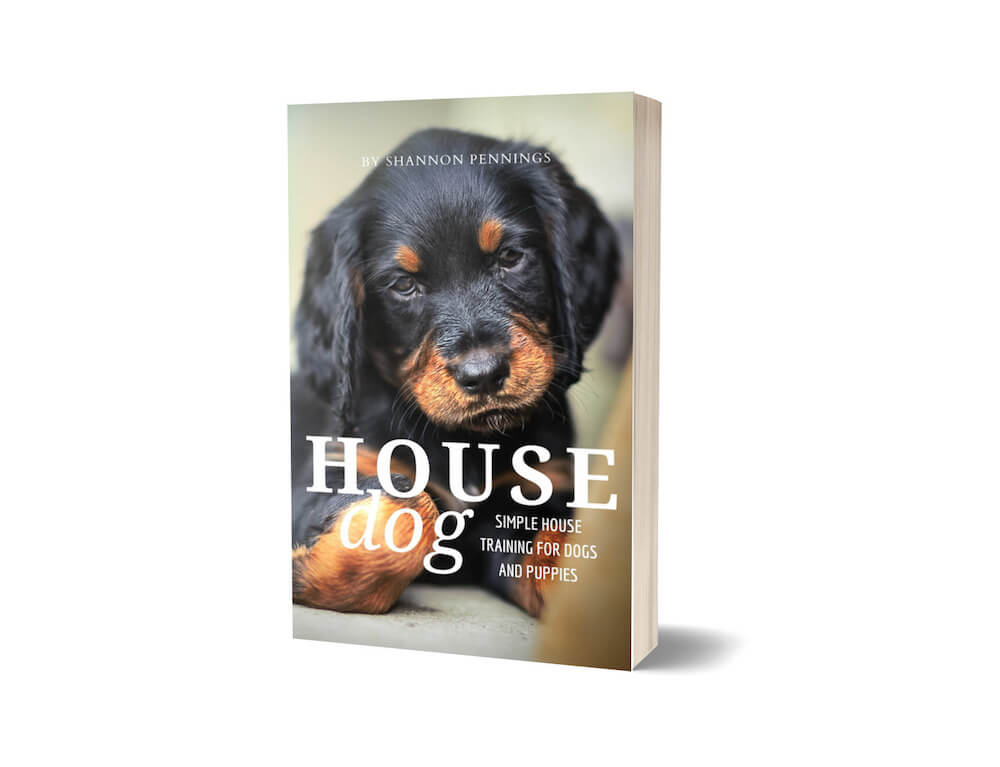Dogs behaviour to visitors
by Kerry
(Dunedin, Otago, New Zealand)
From Kerry... I have a 6 year old Staffy x. He is a lovely-natured dog with our 1 & 2 year olds, good with food etc. Our problem is with visitors.
As soon as anyone comes to the door the dog starts barking and rushes to the door growling and carrying on (a lot of visitors have thought he was going to come through the glass of the door at them).
I have tried telling him "no" etc, but it is like he is in such an excited state that nothing sinks in.
I literally have to hold onto him while I try and open the door with him pawing, etc, to get to the visitors, or alternatively as we have done lately, drag him into the bedroom and shut him in there while we open the door to guests.
We then cannot let him near the guests (which we can't do if we let them in either), without him jumping up on them and wanting affection, this wouldn't be such a problem if he wasn't a solid 35kg dog who is capable of almost knocking someone over!
It is at the point where it is extremely embarrassing, and we tend to shut him away or have to put him in his kennel if we have visitors or know someone is coming to avoid having the performance and having to apologize for him.
And obviously we are aware if someone comes to the door who is fearful of dogs, this could be terrifying for them!
I have tried teaching him to sit in his bed and not opening the door if someone comes until he is in there, but it doesn't work - his excitement seems to just pass anything I say and he is in his own world.
Do you have any suggestions at all that I can try? Normally he is quite food orientated, but even food just will not sink in for him to calm down.
Shannon Says...

Hi Kerry,
Thanks for contacting us! The best way to deal with this problem is to use a leash and collar.
I have an article about the different types of collars that I recommend.
Spend a week desensitizing him to his new collar. You want to build a positive association with it by giving him a small treat when it gets put on, playing while the collar is on, feeding him after it gets put on, etc. Don't even clip a leash to this collar yet, as it might give him a correction.
He can wear this collar as well as his regular collar during this time, as long as you don't crate him or leave him unsupervised with the training collar on.
Once this week is up, have him wear this training collar whenever you are home with him. It must become his new "regular" collar, otherwise he'll understand that he only needs to behave when this collar is on.
Solutions for Jumping
When guests come to the door, have someone else open it, while you stay back about 6 feet or so with the dog. Make him sit on your left side, and stay beside him holding the leash with two hands.
If he tries to get up, say nothing, move your right hand onto the leash right above the clasp and your left hand to his rump - then loosen the leash for a split second, pop up vertically fast and firm, and loosen the leash again, while at the same time pushing down gently on his bum.
Don't repeat the command "sit" or "stay" when he gets up, otherwise you are inadvertently teaching him that he does not have to listen to or hold your first command.
Repeat each time he tries to get up. You may want to practice this without the added stimulation of people at the door first. Start by practicing outside, inside, with the kids running around, etc. He cannot get up until you give him a release command ("OK").
Back to the scenario of guests at the door...
While you have him sitting, you can praise him, either verbally or with a quick pet (don't go overboard as he's already excited!).
Ask guests not to say hello until you've given them the go ahead, and then keep him sitting for petting. Ask guests to simply let him sniff their hand and then pet him under the chin (keep it very low key).
If at any time he barks, say nothing, and with your left hand on the leash, loosen it for a second, then pop vertically fast, firm and mid-woof. Loosen the leash again. The collar and leash should only ever go tight for one second!
If you want to release him, say "OK" or another command (just remain consistent), give him a little push behind the withers to get him up, and hold onto the leash handle.
While he is released, he should not be barking or jumping. If he tries to jump up on guests, stand behind him holding the leash with two hands. Now you're going to correct for the jumping on people:
Again, SAY NOTHING, and loosen the leash to create an element of surprise, pop it down firmly, and loosen it again. Praise him immediately when he stops jumping.
Be consistent, and always be just as quick to praise him as you are to correct, and you should start to see an immediate improvement!
Keep in mind: you may be inadvertently praising him for jumping if you let him sit on your laps, play shake-a-paw, or if you (or someone else) pet him while he has his paws anywhere on your feet or legs (i.e. he jumps up on you to say hello and you pet him).
Let me know how it goes!

Comments for Dogs behaviour to visitors
|
||
|
||

